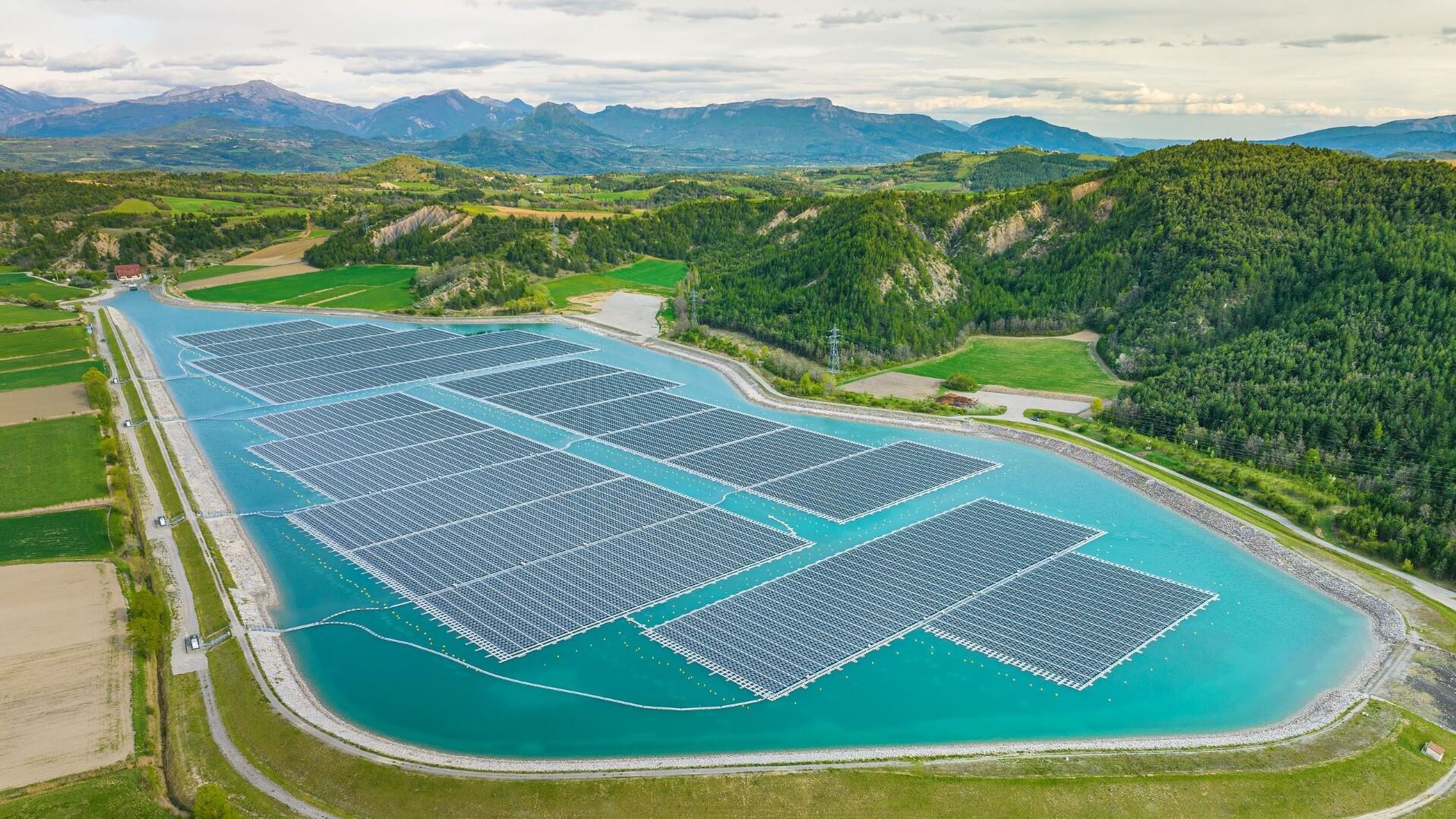UPDATED 1 Sept: The EI library in London is temporarily closed to the public, as a precautionary measure in light of the ongoing COVID-19 situation. The Knowledge Service will still be answering email queries via email , or via live chats during working hours (09:15-17:00 GMT). Our e-library is always open for members here: eLibrary , for full-text access to over 200 e-books and millions of articles. Thank you for your patience.
New Energy World™
New Energy World™ embraces the whole energy industry as it connects and converges to address the decarbonisation challenge. It covers progress being made across the industry, from the dynamics under way to reduce emissions in oil and gas, through improvements to the efficiency of energy conversion and use, to cutting-edge initiatives in renewable and low-carbon technologies.
World’s largest hydro-solar power plant begins operation
5/7/2023
News
The world’s largest hydro-solar power plant has begun operation in China. Meanwhile, floating solar plants in Columbia and France have also opened, with solar energy demand set to rise by 40% by 2023.
Powerchina has begun operation of the Kela photovoltaic (PV) power station in the Yalong River Basin, south-west China. Claimed to be the biggest and highest-altitude hydro-solar power plant in the world, it has an installed capacity scale of 1mn kW and covers an area exceeding 16mn m2, CGTN has reported.
The plant, at an altitude of around 4,600 metres above sea level, will consist of 547,000 PV foundation piles, and is expected to cover the needs of 700,000 households per year with an annual generating capacity of 2bn kWh.
A combination of hydro and PV power generation is distributed through a 500 kV transmission line connected to the Lianghekou hydropower station. It is expected to save burning more than 600,000 tonnes of coal and reduce over 1.6mn tonnes of CO2 emissions every year.
New Latin American hybrid floating solar project
Elsewhere, a new solar power system floating on the reservoir at Colombia’s Urrá dam aims to demonstrate that hydropower dams dealing with fluctuating water levels can pair with floating solar generation to boost energy reliability and increase production.
The Urrá pilot – called Aquasol – is installed at the 340 MW Urrá hydropower plant in the Sinú River Basin in Córdoba. The 1.5 MW floating solar project, developed by Noria Energy, is thought to be the largest of its kind in Latin America.
Aquasol consists of over 2,800 solar modules and is expected to produce nearly 2,400 MWh of power in its first year – enough to offset the amount of energy it takes to operate the dam. The system is designed to withstand water-level fluctuations of up to 120 feet.
France floating power first
In other news, EDF has opened the Lazer floating solar power plant, the first facility at a single site in France to combine PV and hydroelectric power generation. Installed on the reservoir at the Lazer dam hydropower plant, operated by EDF, the new facility doubles the site’s capacity for renewable electricity generation.
The Lazer floating solar power plant comprises over 50,000 solar panels, with a total installed capacity of 20 MWp. It is expected to supply power to meet the annual consumption needs of 12,500 people.
The solar power plant complements the hydropower scheme, particularly in the summer months, by continuing to supply electricity when the water from the Lazer reservoir is used primarily for crop irrigation.

The Lazer floating solar power plant, France, has just begun operation
Rémi Flament//EDF Renouvelables
Solar energy demand could rise 40% this year
Meanwhile, a new report from Bloomberg Intelligence (BI) has found that solar energy is likely to remain the energy sector’s fastest-growing sub-segment in 2023, with analysis suggesting that demand could soar by 30–40%. This follows a record 2022, when global solar capacity additions expanded about 38%, based on BloombergNEF’s latest assessment.
Rob Barnett, BI Senior Clean Energy Analyst, notes: ‘Global solar demand may rise about 30–40% in 2023 with industry revenues increasing about 35%. Despite such fast top-line growth, solar share prices have trailed this year relative to the overall market, though we note that solar shares are performing broadly in line with the energy sector. We believe the rapid pace of growth can be sustained in 2023–2025, which may boost sentiment and help lift consensus sales expectations in the years ahead.’
According to the report, solar valuation metrics declined slightly versus the start of 2023 due to a modest pull-back in share prices and rising 2023 profit expectations. Rapid solar growth, easing supply chain disruptions and a potential reversal in commodity prices could help boost EBITDA (earnings before interest, taxes and amortisation) for most solar companies in the years ahead.
US government proposals to reduce greenhouse gas emissions to net zero by mid-century could boost global solar-panel demand to more than 600 GW in 2030 versus about 350 GW this year. BI believes this looks achievable, given recent growth trends, and that annual solar demand could exceed 1 TW worldwide within the next 10 years.
